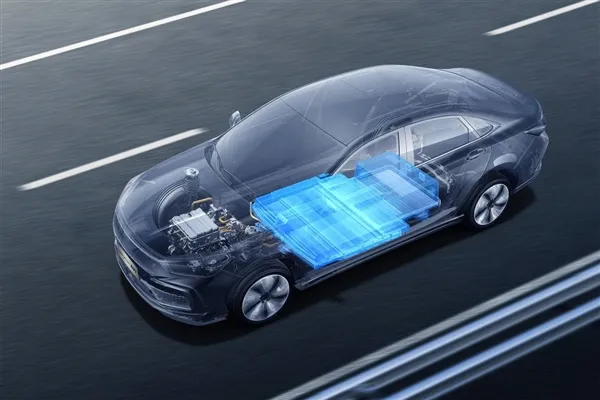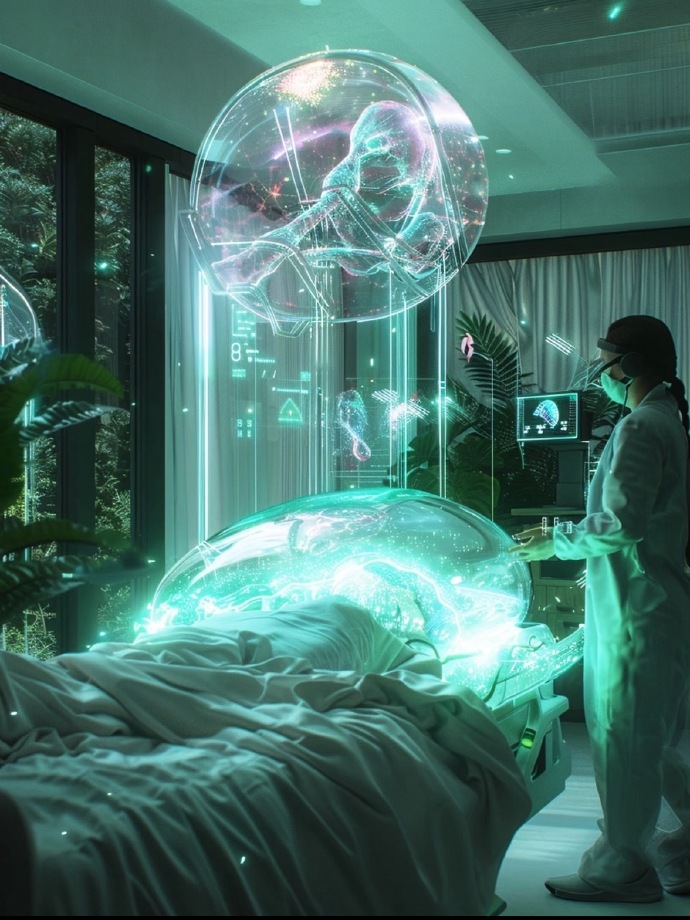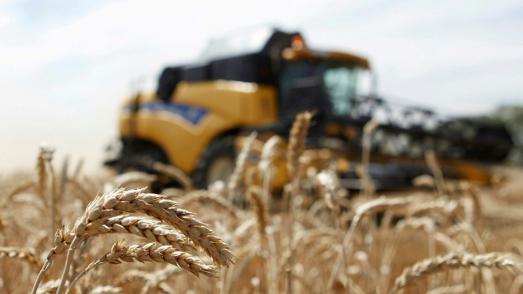Dancers on the ground and hunters in the air: the agriculture robots
When farmland is no longer just dirt and sweat, when the pulse of future agriculture is beating the rhythm of Silicon Valley, have you ever thought that the land once regarded as "soil" is welcoming a silent revolution dominated by steel and code? This is not a bridge of science fiction movies, but a true story that is being staged around us. In the vast fields, future farmers are not wearing traditional clothes, but holding tablet computers and commanding a "super fleet" composed of drones and robots.
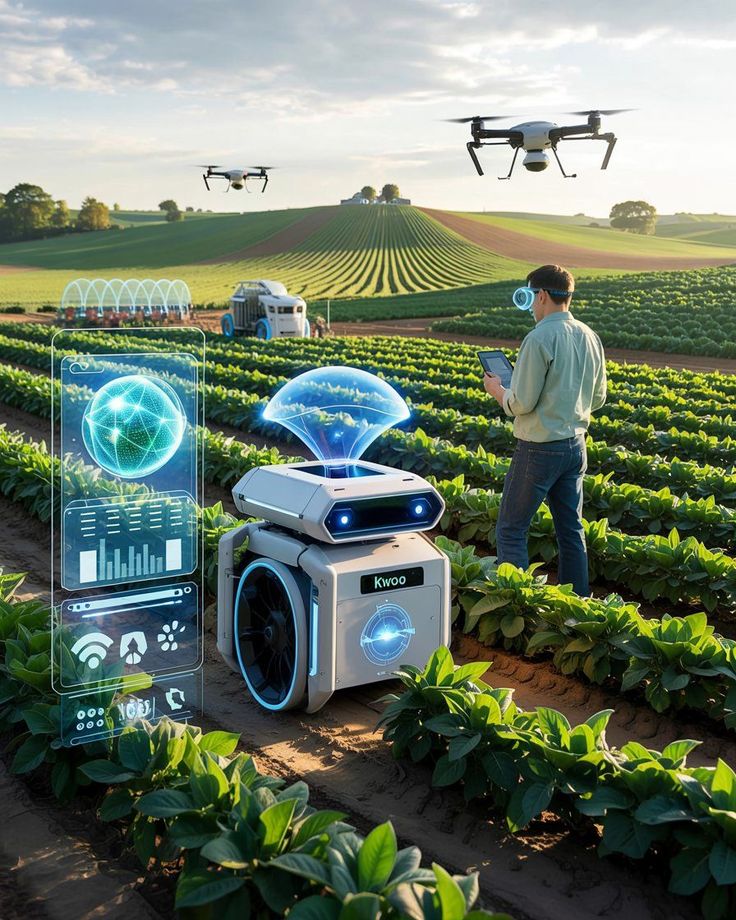
In a vineyard in California, a robot that looks like a spider is carefully pruning vines with amazing accuracy. It does not rely on experience, but recognizes the growth status of each plant through the equipped visual sensor and deep learning algorithm, and then operates with the precise tools on the robotic arm. At the same time, a drone hovers at an altitude of hundreds of meters, and its multi-spectral camera captures the subtle changes of the surface and generates a "health map" of farmland in real time.
This map is not a simple image, but a complex model composed of vegetation index, water content, soil fertility and other data. When the model shows that the plants in a certain area show signs of fertilizer deficiency, the drone will accurately put tiny capsules containing specific nutrients, or command the ground robot to "fix fertilization". This is completely different from the traditional "flood irrigation" fertilization, which improves the utilization rate of fertilizer to an unprecedented height, not only saving resources, but also reducing environmental pollution.
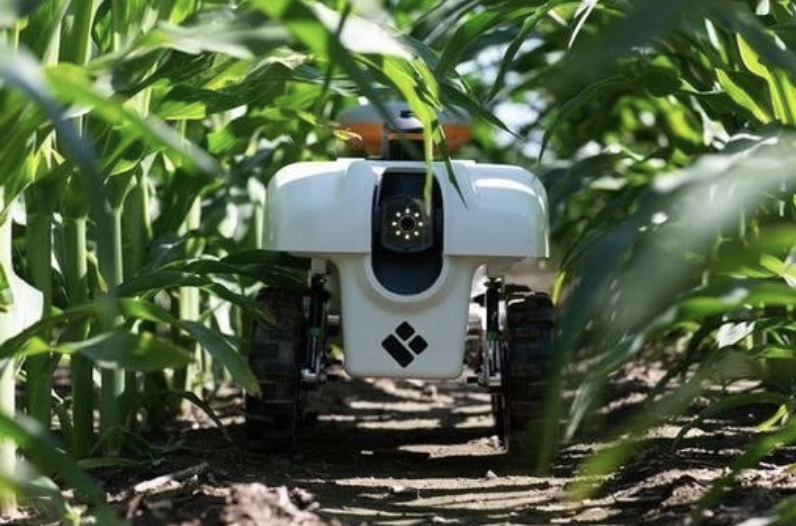
This "tailored" precision fertilization is just the tip of the iceberg of the robot army. On another farm, a group of small robots are working hard in the corn field. They are not for harvesting, but for "weeding". These robots are equipped with miniature laser emitters. Through image recognition technology, they can accurately distinguish crops from weeds. When weeds are found, they will "burn" the weeds with a weak laser beam, and the whole process is silent without using any chemical herbicides. This physical weeding method not only protects the healthy growth of crops, but also ensures the pollution-free of the final product, providing consumers with a more secure choice.
And when the harvest season comes, the robot becomes the protagonist again. Rows of unmanned harvesters go hand in hand in the vast wheat fields. They work together through GPS and sensor networks to ensure that every grain of wheat can be collected efficiently. In the greenhouse for picking strawberries, the robot arm gently picks the ripe fruits from the vines, and its vision system can accurately judge the maturity and freshness of strawberries, avoiding possible omissions or injuries in manual picking.
These technologies sound far away, but they have gone from the laboratory to the field. From weeding robots to harvesting robots to farmland inspection drones, they constitute a complete ecosystem. They can not only replace heavy manual labor, but also optimize the whole agricultural production process through data analysis and artificial intelligence. The arrival of these robots is subverting our traditional understanding of agriculture, transforming it from a traditional industry that relies on experience to a modern industry that is data-driven and technologically advanced.
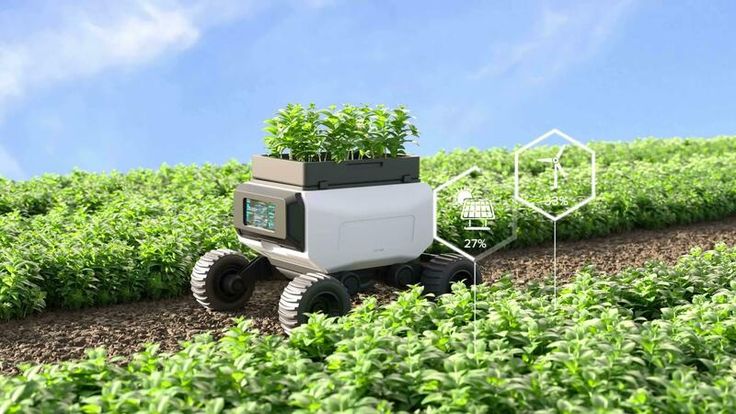
In the future, we may see more innovations. For example, the "weather forecast" robot specially customized for farms can decide the irrigation time independently according to soil moisture and plant demand; Or, nano-robots that can identify pests and diseases can nip them in the bud before they spread. The integration of these technologies is painting a brand-new agricultural picture for us: an efficient, sustainable and harmonious future with nature.
This is not a simple technological upgrade, but a profound change on how to make better use of the earth's resources. When robots and drones become "new farmers" in the field, we not only reap higher output, but also reap a smarter and greener future.

(Writer:Ganny)
